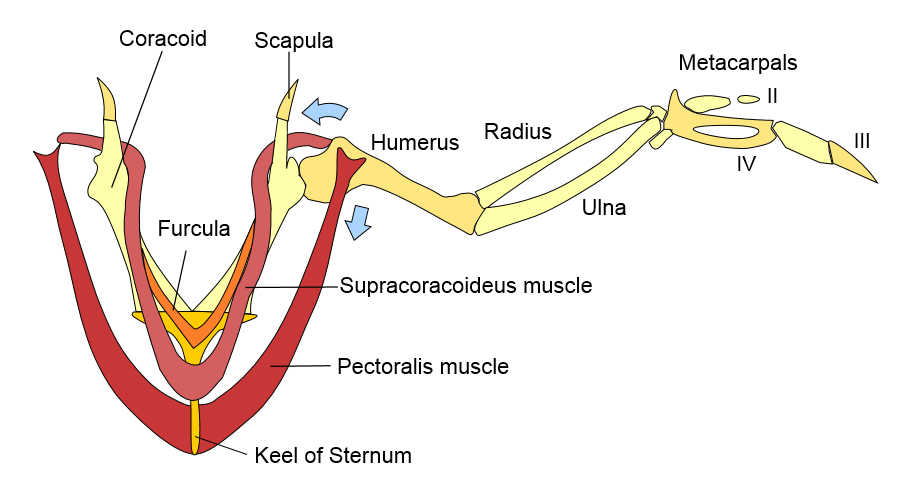Something I’m very thankful for is that I wasn’t present for what’s now called the “first Thanksgiving.”
In September of 1620, the Mayflower left Plymouth, England carrying 102 passengers who were intent upon finding a better life in the New World. The dangerous crossing of the stormy North Atlantic took 66 days. By the time the small ship reached what’s now known as Cape Cod, the passengers were either sick, exhausted or both.
It was late in November when these pitiful “Pilgrims” arrived, and snow lay on the ground. The weather was too harsh for them to do much work ashore, so most them spent the winter aboard the ship. To give you some idea of their miserable and perilous situation, only half of the colonists and crew lived to see the spring.
With the arrival of warmer weather, the survivors left the relative safety of the Mayflower to begin the work of establishing the first European village in what was to become New England. The ship and what was left of its crew set sail for England.
The disease, exposure and harsh conditions aboard ship were nothing compared to what awaited the colonists ashore. For many years, the English, Spanish, French and Vikings had been sailing along the coast of North America, exploring and “discovering” it. Trouble is, it had been discovered long before. The original occupants, American Natives, resented being taken as slaves, and feared the Europeans’ diseases, for which they had no immunity
In the spring of 1621, when the pitiful survivors of the Mayflower had to go ashore and face the unknown, they must’ve feared for their lives. By that time, they surely would’ve known how earlier-arriving Europeans had mistreated the natives. What they couldn’t have known was what the natives might do by way of retaliation. The fact that their personal belongings included armor, muskets, powder, shot and swords is telling, as is that the Mayflower’s master ordered four of the ship’s guns to be removed from the ship to fortify the new colony.
I’ve long thought that, if the Natives had had guns in the 16th and 17th centuries, the United States of America would not exist. Even as it was, survival was iffy for the Pilgrims, and they must’ve known it and feared for their lives. At Roanoke, Virginia, established in 1585, the entire population — 90 men, 17 women and 11 children — vanished without a trace.
It was a great stroke of luck for the Pilgrims that they met Squanto. Squanto was a member of the Patuxet band of the Wampanoag, an influential tribe during the time the English were settling along the east coast.
He had been kidnapped and sold as a slave at least twice, and had lived in England for a time, long enough to learn the language. In 1619, when he finally was able to return home, he found that almost all of his tribe had been wiped out, probably by smallpox. A year later, when Squanto crossed paths with the pathetic Pilgrims, it was nothing short of Providence.
Squanto was just what the Pilgrims needed. He showed them how to hunt the local game, how to catch the local fish, and what to plant in their gardens. He became their interpreter and guide. He introduced them to the local Natives. In short, he saved their lives.
Thanks to Squanto, in November of 1621, only a year after the Pilgrim’s arrival, , what is now called the “first Thanksgiving” was held. There’s scarcely any record of what was eaten at this three-day harvest feast, but it likely included ducks, geese, swans and turkey, as well as cod, striped bass, bluefish, mussels, clams and lobsters, all of which were abundant and easily harvested in that area. Side dishes probably included something made from gourds, from pumpkin and from dried and ground corn, all of which were commonly eaten by the Natives of the area.
I’m guessing that passenger pigeons were eaten at that first Thanksgiving. Now extinct, Ectopistes migratorius was known to have been plentiful in the 17th century. Well into the 19th century, it was the most abundant bird in North America, possibly the world. What’s certain is that there was no sugar for sweet desserts, and there were no potatoes, either white or sweet.
A few years ago, I visited “Plimoth Plantation,” the restored Massachusetts village on the shore of Cape Cod Bay.
While standing behind the crudely built fortification, I tried to imagine what it was like to have been there in the 1620s, when survival for a day was uncertain, let alone living until the ripe old age of, say, 50. Just thinking about some of the hardships of that time made me thankful that I wasn’t even “in the game” until more than 300 years later.
Les Palmer can be reached at les.palmer@rocketmail.com.

